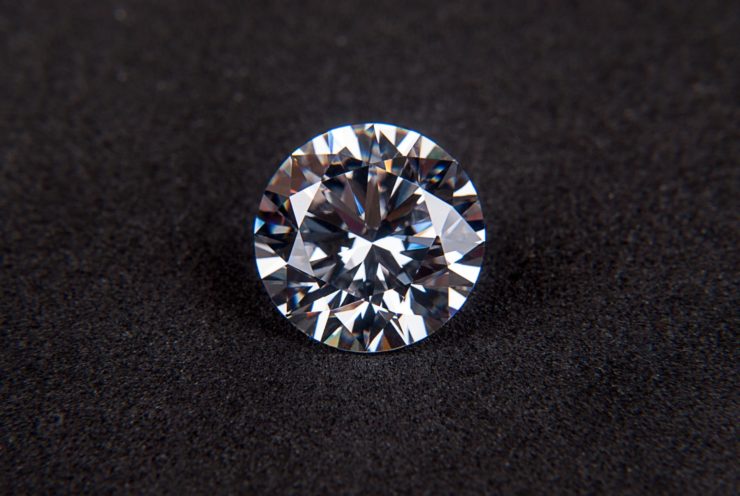
Drones have become so popular in the US that it is expected by the year 2022 there will be over 700,000 of them in North American alone. Drones will be used in in many ways such as delivering packages, inspecting bridges, monitoring traffic, and many more. To do these tasks efficiently, drones will need to be able to stay airborne for hours or even days at a time without needing to be recharged. Unfortunately, this is something that is currently not possible with most drones. The maximum flying time you get with most drone batteries today is about 30 minutes.
A lot of research is going into various ways through which drones can be charged during flight. A Swiss company, LakeDiamond, is working on a way to charge drones mid-flight using diamonds and lasers. For quite some time now, lasers have been considered potential tools for beaming electricity to drones in the sky by focusing their light on the photovoltaic cells fixed on a drone. The US Army, DARPA, private companies, and independent research groups have all been investigating the viability of this idea. One of the key challenges they face is the inability of the laser beam to maintain its strength over longer distances.
LakeDiamond has developed an artificial diamond which can help laser beams maintain its quality even over long range distances. The smooth, rectangular diamond is placed right in front of a laser source in order to convert it into a powerful laser beam that can reach several hundred meters. Lasers with diamonds in have the ability to produce an almost perfect light beam. LakeDiamond’s gemstones are more pure than natural diamonds and are made by layering carbon atoms in a pattern. The current test system uses a 1.55-micrometer laser that delivers 4 watts of power. It can power palm-sized drones for indefinite periods at a distance of no more than 10 meters. Their next mission is to deliver 100 watts to professional drones that are 100 meters away.
If they are successful, drones could fly without needing heavy batteries at all. The drones would only need a small backup battery for landing and emergency situations. Depending on the size of ground based power stations, the drones could fly over hundreds of miles nonstop. The charging system is also so quick that a small drone consuming about 3 watts with a 30-minute run time would only need a minute or two to fully recharge. There is a lot of potential, which if successful will open up the doors for many new drone services.
|